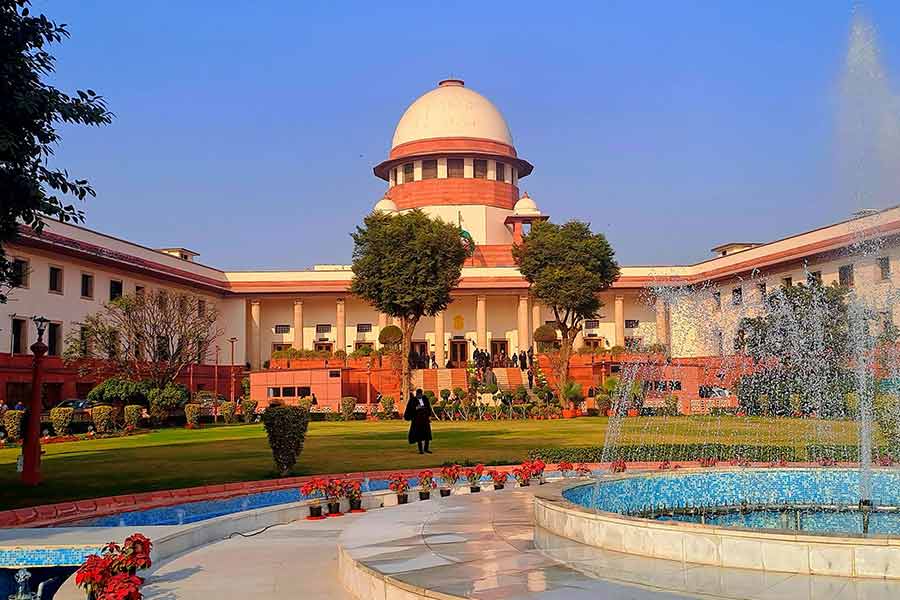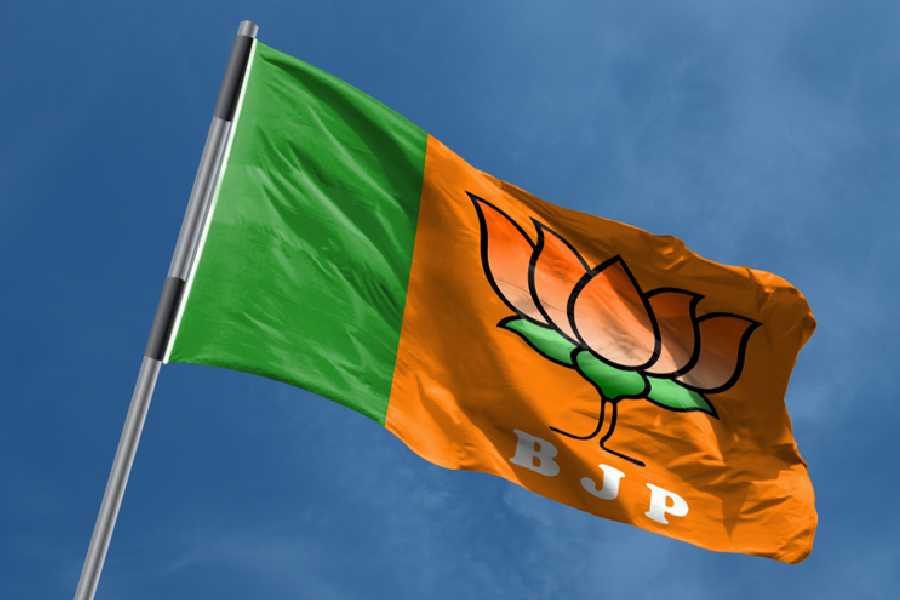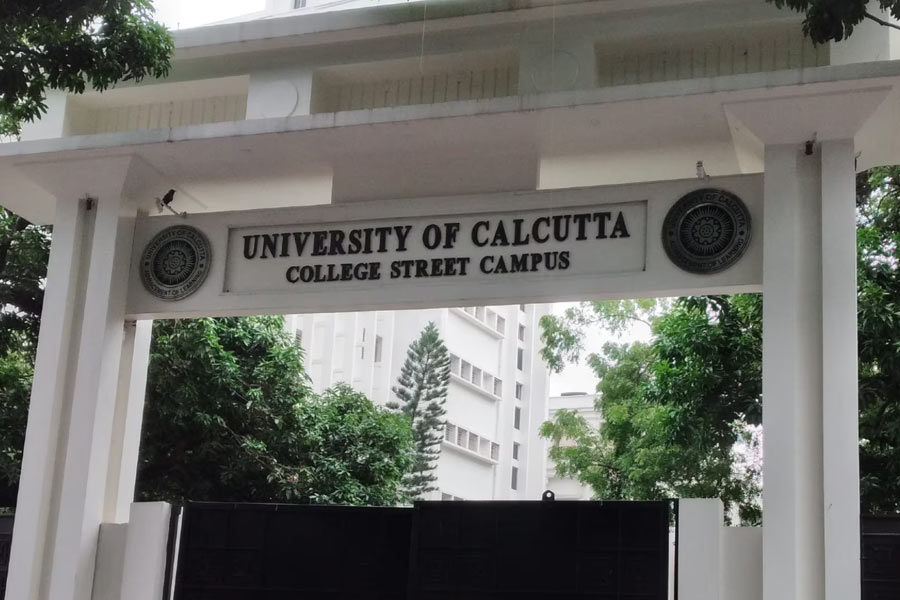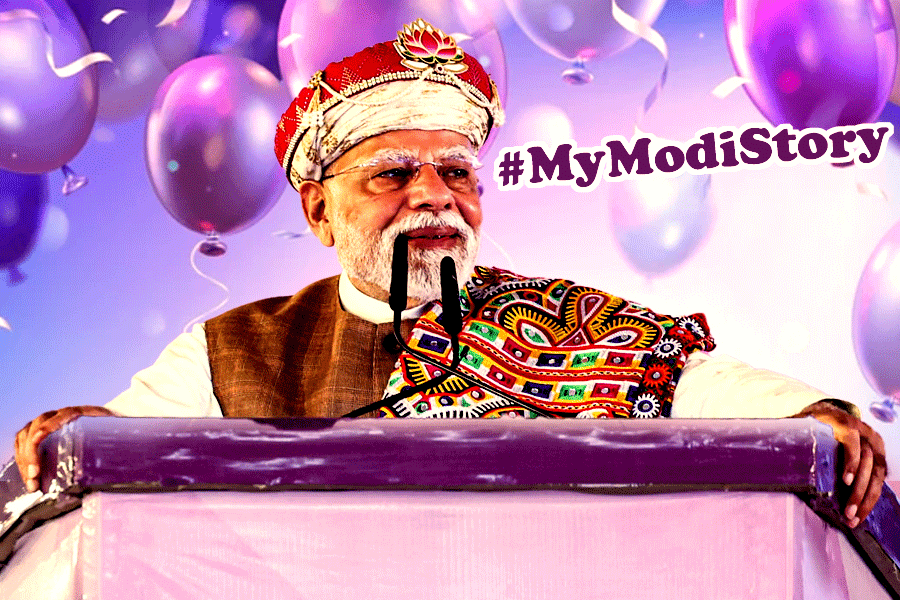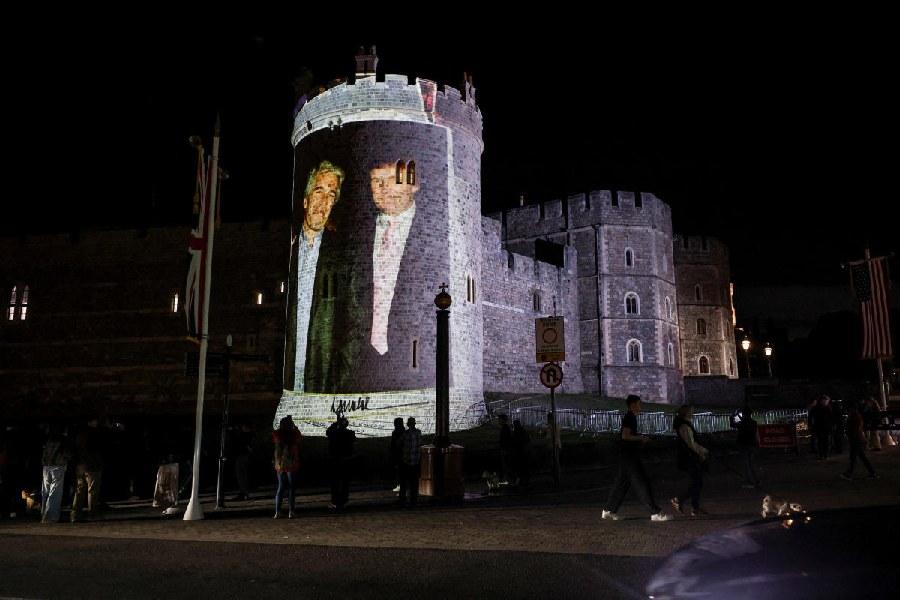|
|
The poems gathered together in Purabi were dedicated by Rabindranath Tagore to the lady he called Vijaya, and whom the rest of the world knows as Victoria Ocampo. The mysterious figure of a lady — sometimes the poet’s love interest, at others his hostess in an alien land — forms the central presence in most of these poems. Nature — overwhelmingly spring (phalgun and chaitra dominating among the months) and sometimes monsoon — intertwines with the feminine to become an extension of the lady of the poem.
Poems from Purabi, together with some of Tagore’s songs, translated by Charu S. Chowdhuri, has been brought out by Seagull as Purabi: The East in its Feminine Gender. The book, edited and introduced by Krishna Bose and Sugata Bose, comes in a boxed set along with an audio CD of songs by Pramita Mallick and recitation of selected poems, in Bengali by Krishna Bose and in English by Sugata Bose. The book and CD were released at G.D. Birla Sabhagar on March 30, followed by an absorbing performance by Mallick and her Baikali choral group. The songs, chosen from the ones translated by Chowdhuri, were interspersed with readings from the original and translated poems by Krishna and Sugata Bose.
Mallick began with Tumi ki kebali chhabi — a song born out of one of Tagore’s most abiding associations, with Kadambari Debi. The mood of loss and void created by the song, and by Sugata Bose’s reading of “All through the night I have wandered”, was soon dismantled by the fairy-tale abandon of Kothao amar hariye jaowar nei mana. But this lightheartedness evaporated too — just as in the Purabi poems, “Jhar” or “Tritiya” — with the first notes of the haunting Aandhar raate ekla pagol. The ode to the monsoons, Oi ashe oi oti bhairab harashe, came alive with a brilliantly coordinated solo-and-chorus performance. Mallick sang Shedin amay bolechhile and Nidrahaara raater e gaan with the ease with which one sings one’s favourite songs.
The singer was at her distinguished best in the spring songs, Kar jeno ei moner bedon — with her beautifully undulated “utal haowa” almost conveying the gentleness of the chaitra breeze — and Basante ki kebal phota phuler mela.
The readings perfectly complemented the songs — not less because they steered clear of the familiar melodramatic style of Bengali recitation. Krishna Bose’s spare yet poignant reading of “Atithi” (“Probasher din mor poripurno kori dile, nari”) and “Kritaggo” (“Bolechhinu ‘bhulibo na’”) deserve special mention. The faint strains of the esraj and keyboard provided the right support to the Boses.
The esraj-keyboard-tabla-mandira combine worked well — thanks mainly to Subhayu Sen Majumdar’s minimal yet imaginative playing on the esraj. The keyboard component, however, could have done with some tempering.
Given the verbosity and excess of frills that have come to typify the “Tagore culture”, events which rescue the poet from the trite, script-bound monotony are always refreshing. At G.D. Birla Sabhagar on March 30, interruptions of a rather unkind nature were sprung on the audience in the form of two power cuts. And when calamity strikes in the middle of Shedin amay bolechhile, the mood does take some time to be created again.



